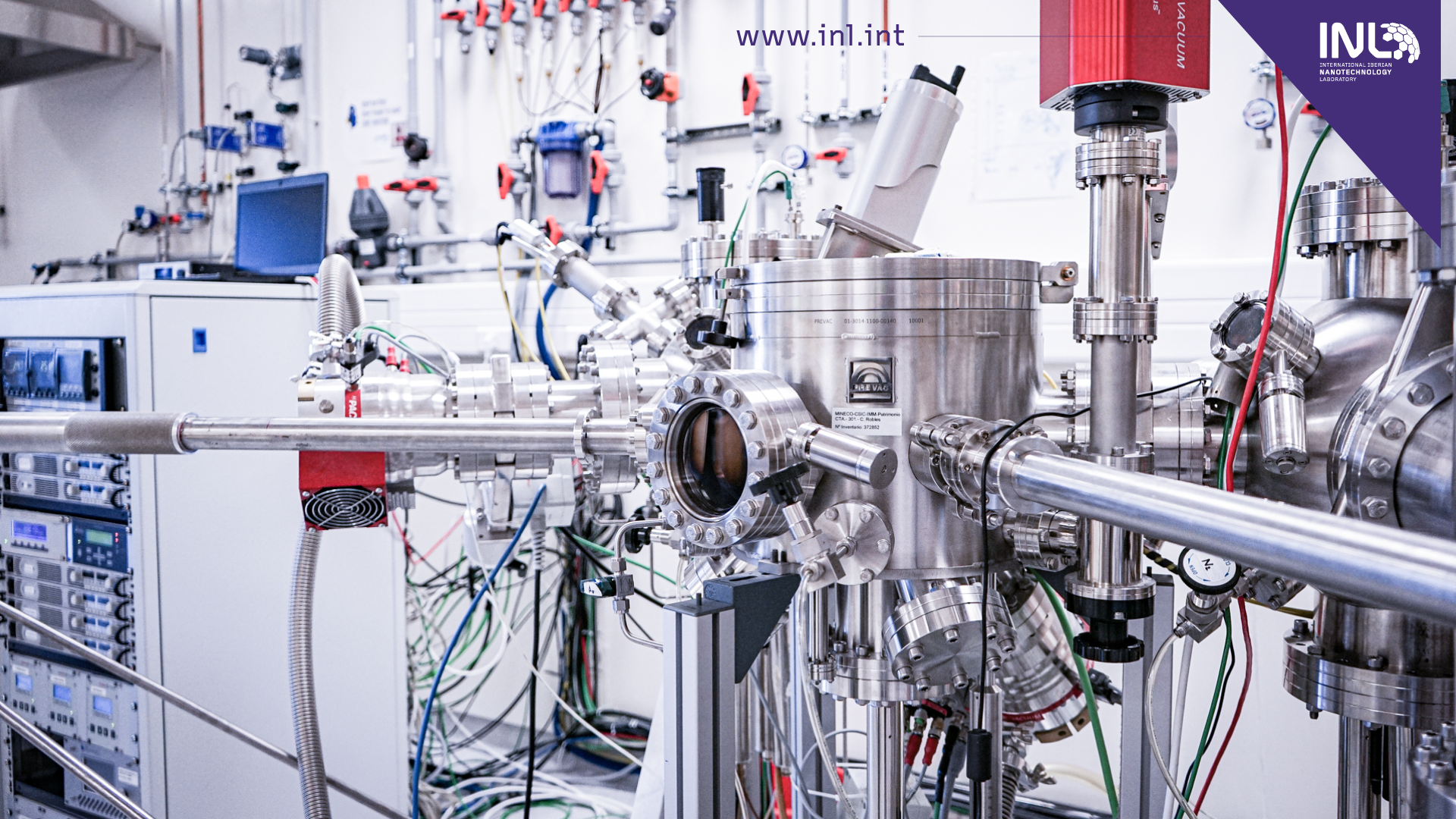
New publication: Cu(In,Ga)Se2 based ultrathin solar cells the pathway from lab rigid to large scale flexible technology
February 16, 2023
CIGS solar cells (Cu(In, Ga)Se2) offer significant advantages over other types of photovoltaic technology, as they have huge potential for lightweight and flexible applications, and provide a much simpler vertical value chain than silicon technology.
CIGS technology still needs a large number of technological developments in order to find its place in the photovoltaic market. The use of thinner absorber layers, which had a huge impact on silicon technology, the incorporation of advanced device architectures and lowering the costs with the bill of materials, still need to be implemented in CIGS. A potential solution to most of these issues is the development of ultrathin CIGS solar cells using a rear interface passivation strategy in flexible steel substrates.
Conventionally, these cells are developed using soda-lime glass as a substrate, which is a concern for scalability due to high fabrication costs during module assembly and it also increases the module weight. Efforts have been made to develop high-efficiency CIGS solar cells with different substrates, such as flexible substrates, mitigating the final device’s cost, weight and rigidity.
The Nanofabrication for Optoelectronic Applications research group at INL together with a vast consortium recently published a new study where they demonstrate that both large-area and flexible processing of ultrathin CIGS solar cells is possible.
Tomás Lopes, one of the main drivers of this study, explains that this work it is demonstrated the incorporation of interface passivation structures in ultrathin CIGS solar cells. “We demonstrate that nanoimprint lithography can be done on a steel flexible structure with an area up to 10×10 cm”.
Jennifer Teixeira, who also worked in this study, says “the technology to have flexible solar cells with interface rear passivation strategies with performance on par with standard rigid substrates paves the way for a future industrialization CIGS solar cells”.



